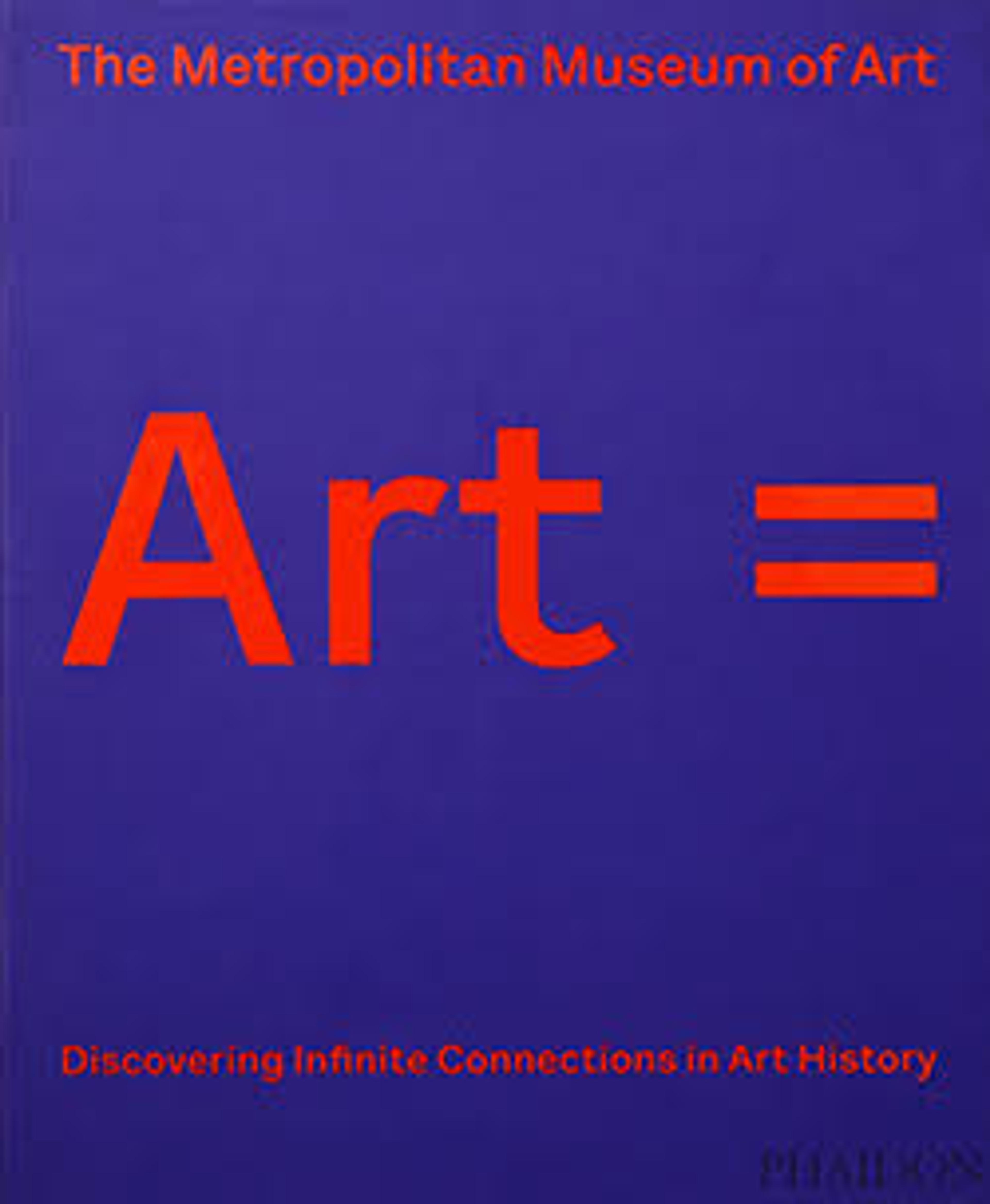The Spiritual Master Padmasambhava
This portrait of Guru Padmasambhava (Lotus-Born) is one of the earliest known effigies of the eighth-century Indian mystic, revered as the leading propagator of tantric Buddhism in Tibet. He is believed to have gone to Tibet at the invitation of King Trisong Detsen and there founded the Nyingma Order of Tibetan Buddhism. Popularly known as Guru Rinpoche, here he sits enthroned in a yogic posture and holds a thunderbolt scepter (vajra), symbolizing the clarity of pure Buddhist thought, and a skull cup (kapala), representing detachment. He wears the distinctive cloth cap of his order and has distended earlobes, the mark of an enlightened being. His facial expression is accessible, attentive, and spiritually alive. A dedicatory inscription names a royal patron: Kunga Gyalpo, an otherwise unknown ruler from Western Tibet or Ladakh.
Artwork Details
- Title:The Spiritual Master Padmasambhava
- Date:14th century
- Culture:Western Tibet or Ladakh
- Medium:Copper alloy with copper and silver inlay
- Dimensions:H. 23 3/4 in. (60.3 cm); W. 18 3/4 in. (47.6 cm); D. 13 in. (33 cm)
- Classification:Sculpture
- Credit Line:Zimmerman Family Collection, Purchase, Lila Acheson Wallace, The Vincent Astor Foundation, Eliot C. Nolen, T. Rowe Price Services, Inc. and Sir Joseph Hotung Gifts; Seymour and The Miriam and Ira D. Wallach Foundation Funds, 2012
- Object Number:2012.459
- Curatorial Department: Asian Art
More Artwork
Research Resources
The Met provides unparalleled resources for research and welcomes an international community of students and scholars. The Met's Open Access API is where creators and researchers can connect to the The Met collection. Open Access data and public domain images are available for unrestricted commercial and noncommercial use without permission or fee.
To request images under copyright and other restrictions, please use this Image Request form.
Feedback
We continue to research and examine historical and cultural context for objects in The Met collection. If you have comments or questions about this object record, please contact us using the form below. The Museum looks forward to receiving your comments.
